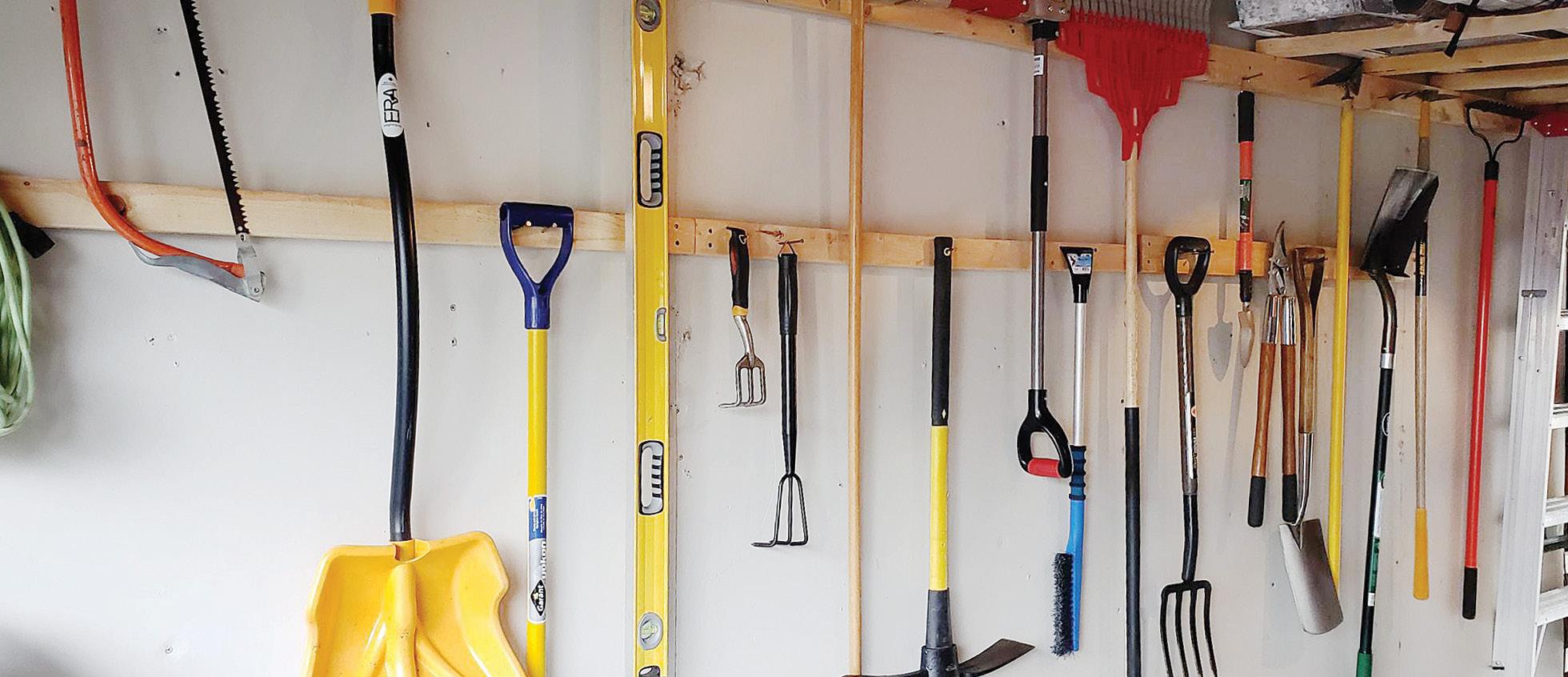Beautiful Gardens Helen Hogue Winnipeg Story and photos by Shauna Dobbie
O
nly about 5 percent of monarch eggs reach adulthood, but when Helen Hogue gets hold of them, the number increases to over 90 percent. This 83-year-old woman, living at the very western edge of Winnipeg, took to butterfly husbandry a few years ago. Her first monarch experience was at Prairie Originals, a nursery in nearby Selkirk. She was on a tour, and at the end, the leader brought an envelope out of the fridge. The envelope had a monarch in it, kept in diapause by refrigeration. “Would anybody like to release it?” the tour leader asked. Helen raised her hand and a passion was born. Helen also volunteers at the local school, where the Kindergarten kids bring in purchased tiny painted lady caterpillars as part of the curriculum. She helps the children foster the butterflies through the caterpillar and chrysalid stages then invites the wee ones with their butterflies to release them in her garden. The last few years she has been raising monarchs on her screened porch. Milkweed is the only species monarch caterpillars can eat. Helen goes out every morning in her housecoat to bring in milkweed leaves from her garden and her neighbour’s. Some have monarch eggs, some have tiny caterpillars, and all are great food for the caterpillars already housed in butterfly cubes on her porch. The stems of the milkweed go into floral tubes— the bulbs filled with water you find on long-stemmed roses—and those tubes go into upside-down egg cartons covered in plastic wrap. Covering the egg cartons in plastic wrap makes them easy to clean, which is something a butterfly raiser must deal with a lot. Helen cleans her habitats up to three times per day. Monarchs eat a lot, especially as they get bigger, and that means they leave a lot of frass (poop) behind. If you don’t clean up the frass, the caterpillars may take bacteria with them when they form crysalides, which can lead to death. 50 • 2020
Helen’s house, early in the season, ready to burst forth with blooms and butterflies.
Gardening Helen in her element. Issue 1
localgardener.net





















